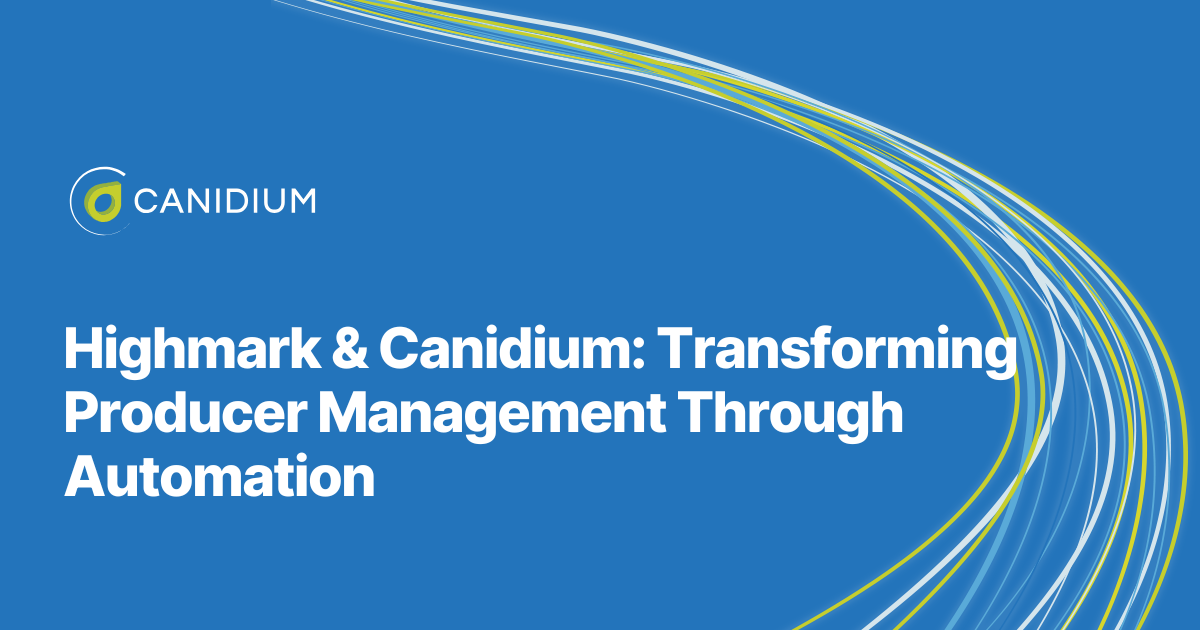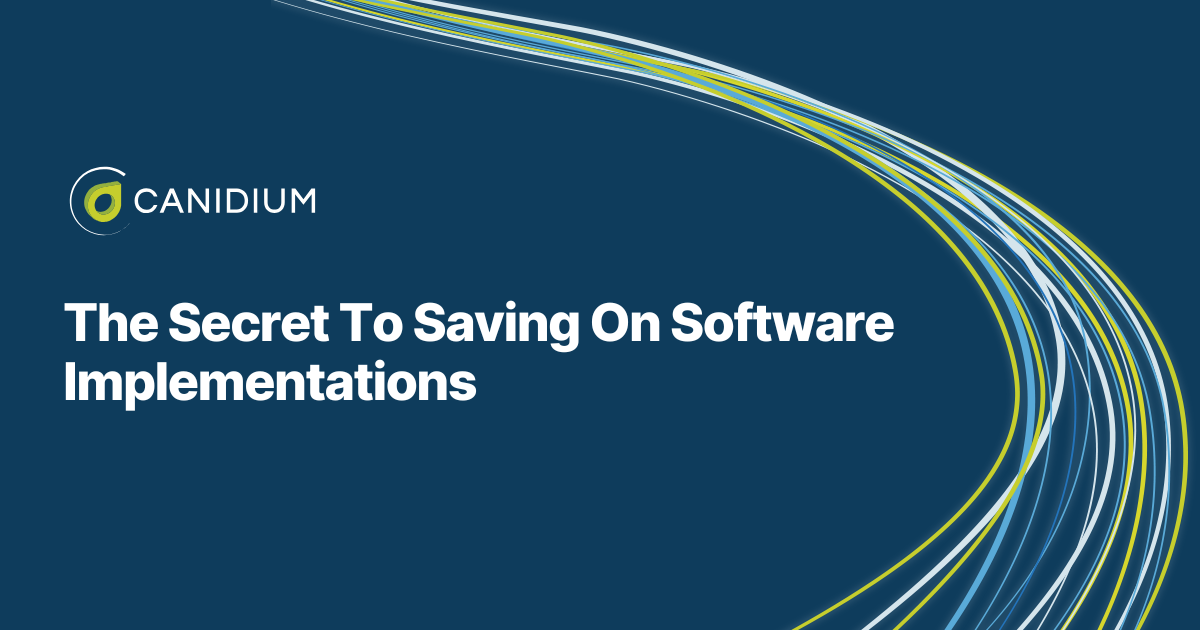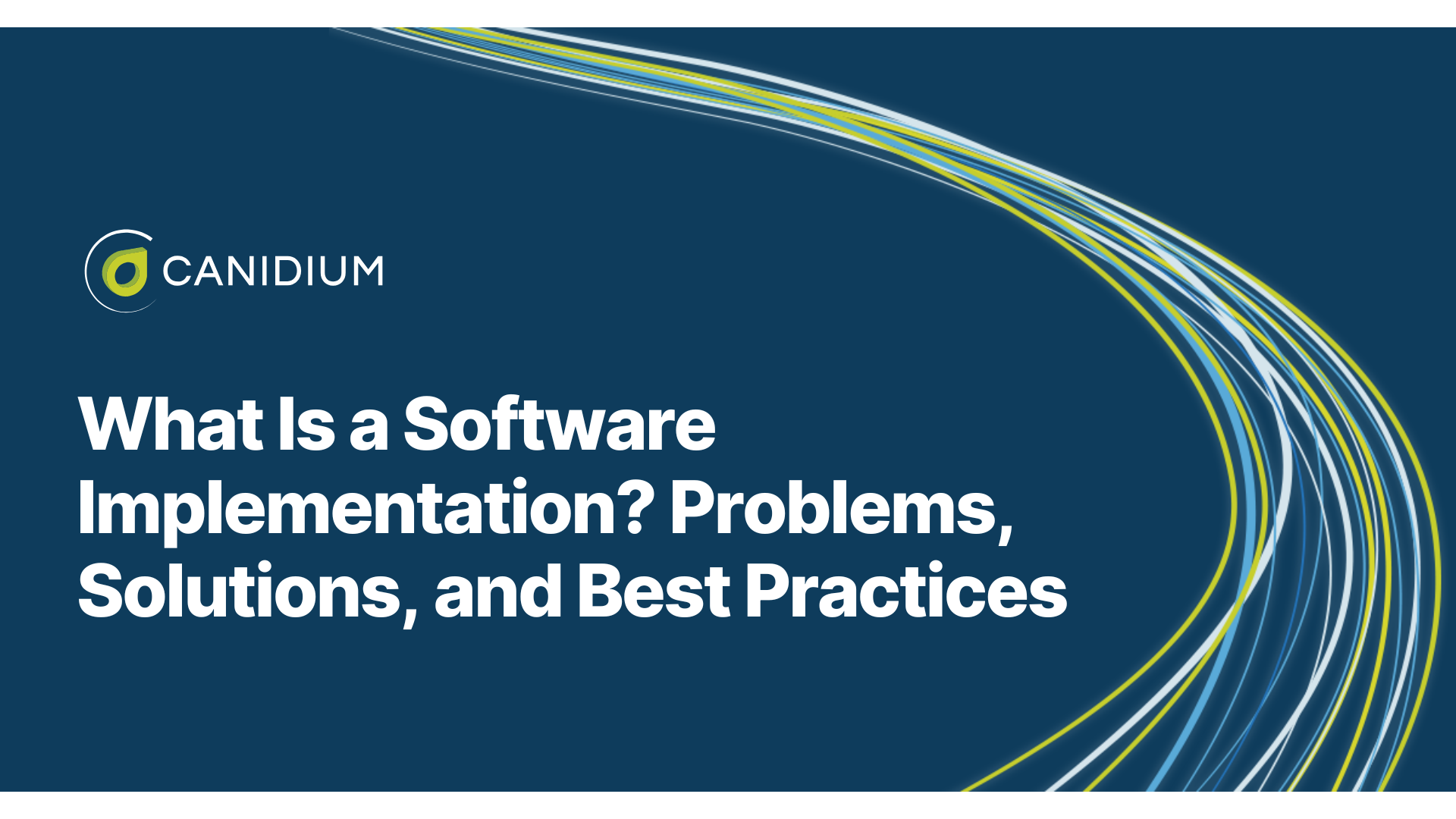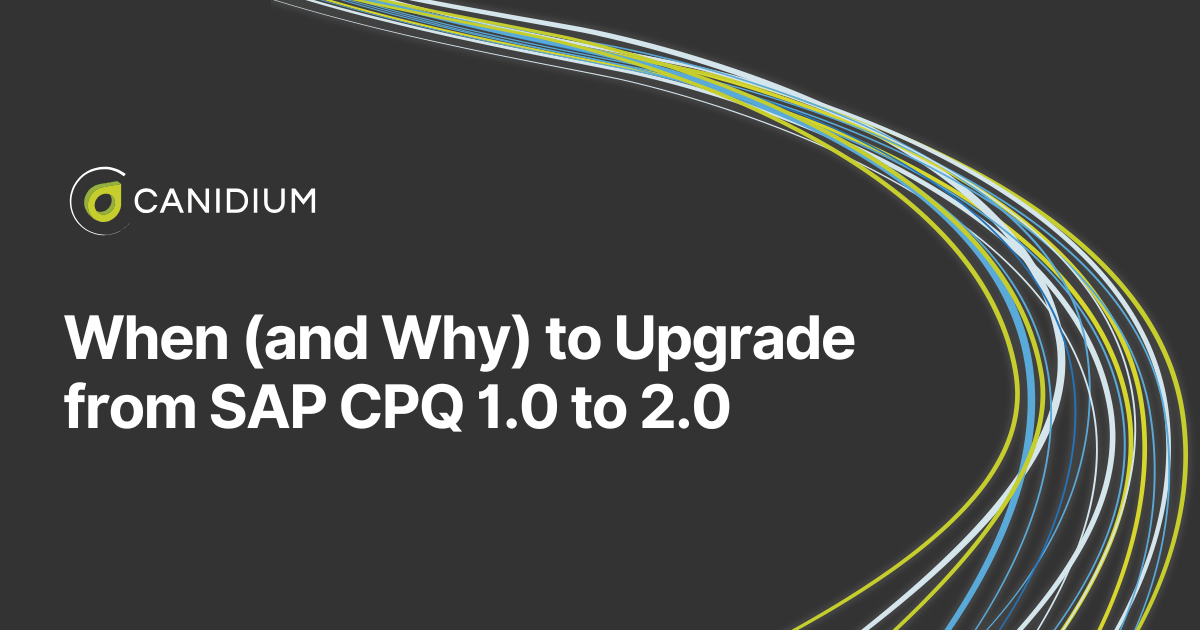Software implementation is a significant resource investment. Organizations often delay beginning large software implementation projects as a result of:
- Management of shifting priorities
- Allocation of budget
- Buy-in building throughout the organization
At Canidium, we work with our clients to explore different approaches to deployment. Every organization has different needs, timelines, and budgets, so having multiple methods available allows for a tailored solution.
This article will explore two major deployment approaches: Minimum Viable Product (MVP) and Big Bang.
MVP-style and Big Bang are two distinct approaches to developing and deploying software. They have different philosophies, advantages, and drawbacks.
MVP Style Software Implementation
Incremental Development
MVP involves developing and releasing software incrementally, starting with a minimal set of features that address users' core needs.
Early User Feedback
MVP methodology encourages early user feedback and validation by releasing an initial version quickly and making iterative improvements.
Risk Mitigation
Developers can mitigate risks by testing assumptions and adapting based on real-world feedback. Making changes in small increments reduces costs.
Flexibility
MVP allows the product to evolve based on changing requirements or user preferences, much like the agile methodology, making it useful for startups and innovative projects where the initial end goal may need to be clarified.
Resource Efficiency
MVP development aims to create a product in stages, reducing upfront costs and making it a cost-effective approach for early-stage development.
Big Bang Software Implementation
Comprehensive Approach
With Big Bang, the entire software, or a substantial portion, is developed and released to users simultaneously. This reduces the number of phases, therefore simplifying the user adoption process.
High Initial Investment
Obtaining user feedback often requires a significant investment in development. This approach can be resource-intensive and involve higher financial risk.
Limited User Feedback
User feedback is usually gathered after the product release, making implementing significant changes or course corrections difficult and leading to customer dissatisfaction.
High Risk
During development, limited user feedback increases the risk of building a product that only partially meets market demands and user needs.
Predictability
Big Bang implementations are commonly utilized for projects with specific requirements and detailed specifications. They are suitable for situations where the product needs to be launched quickly and comprehensively, such as in highly competitive markets.
Comparison
Let's compare these two approaches for common aspects of large software implementation projects.
User Feedback: MVP focuses on early user feedback, while Big Bang relies on feedback after the full release.
Risk Management: MVP is better at risk mitigation and adaptability, while Big Bang carries a higher initial risk.
Development Speed: MVP typically delivers a product to users faster, while Big Bang may take longer due to comprehensive development.
Resource Allocation: MVP is more resource-efficient in the early stages, whereas Big Bang requires more upfront resources.
Suitability: MVP is often favored for startups, innovation projects, and industries with evolving requirements, while Big Bang may be more suitable for well-defined projects with predictable specifications.
Which is best for your project?
When deciding between the MVP and Big Bang methods, there are several factors to consider, such as the project's goals, available resources, and the level of acceptable risk.
Some projects may take a hybrid approach incorporating elements of both methods. This can strike a balance between speedy development and a comprehensive feature set.
Ultimately, the right approach will depend on the unique circumstances of each project.
Are you wondering about the ROI you can expect from an SPM software implementation? Check out this guide: 5 Improvements Your Organization Will See with Sales Performance Management.
If you need help building buy-in organization-wide, download our guide How to bring a Sales Performance Management platform to your organization
FORM
Photo by Lindsay Henwood on Unsplash








